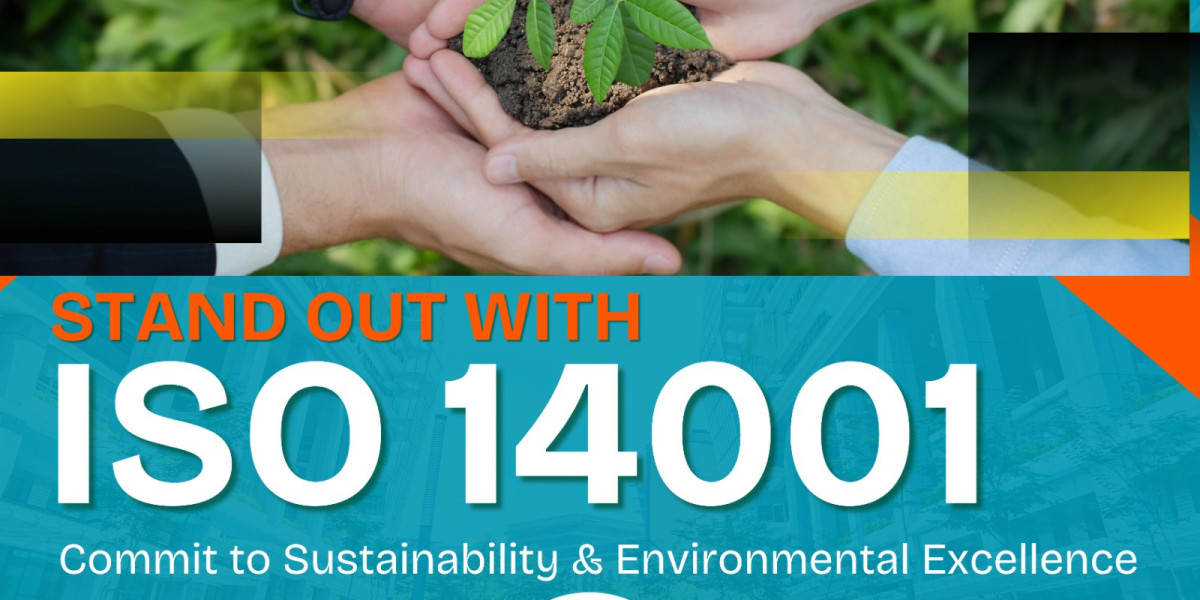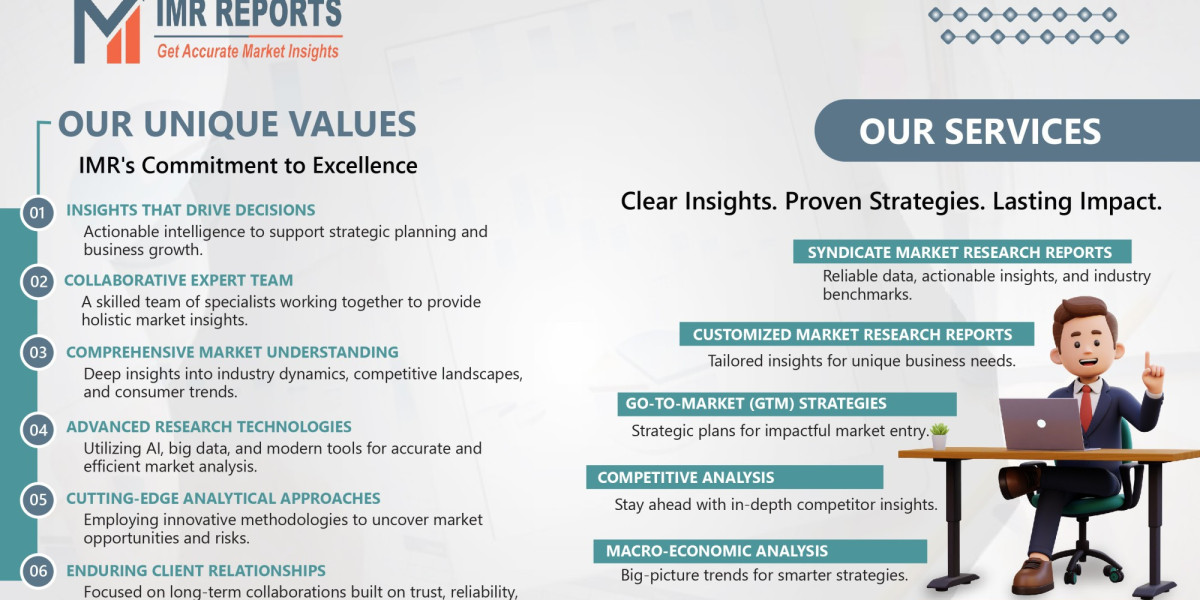ISO 14001:2015 is an internationally recognized standard for Environmental Management Systems (EMS). It helps organizations systematically manage their environmental responsibilities to contribute to sustainability. One of the most significant updates introduced in the 2015 revision is the “life cycle perspective”—a requirement that encourages organizations to evaluate and control the environmental aspects of their products and services at every stage, from design to disposal.
For organizations seeking ISO 14001 Certification in Dubai, adopting this perspective is not just a compliance step—it’s a strategic approach to reduce environmental impact, improve efficiency, and enhance their brand image. Experienced ISO 14001 Consultants in Dubai often guide businesses in understanding and implementing this concept effectively.
What is the Life Cycle Perspective in ISO 14001:2015?
In simple terms, a life cycle perspective means thinking beyond your organization’s immediate operations. It’s about considering the environmental impacts of your product or service from the moment resources are extracted to make it, all the way until it’s disposed of or recycled.
ISO 14001:2015 does not require a full life cycle assessment (like the detailed studies in ISO 14040), but it does require organizations to consider all stages of a product or service’s life cycle when identifying environmental aspects and impacts.
This approach helps organizations:
Prevent shifting of environmental impacts to other life stages.
Identify opportunities for environmental improvements.
Strengthen sustainability commitments.
Businesses engaging ISO 14001 Services in Dubai find that a life cycle perspective supports long-term compliance with environmental regulations and stakeholder expectations.
Stages of the Life Cycle Perspective
While ISO 14001:2015 doesn’t prescribe a rigid structure, the following stages generally form the life cycle of most products and services:
1. Raw Material Acquisition
This stage covers the extraction or harvesting of natural resources needed to create the product. It includes mining, logging, agricultural harvesting, and other resource-gathering activities.
From an environmental management point of view, this stage may involve:
Energy consumption for resource extraction.
Habitat destruction and biodiversity loss.
Greenhouse gas emissions from equipment and transport.
How organizations respond:
Choosing suppliers who follow sustainable practices.
Selecting renewable or recycled materials.
Working with ISO 14001 Consultants in Dubai to create procurement policies that minimize impact.
2. Design and Development
Design choices greatly influence a product’s environmental footprint. Decisions about materials, manufacturing processes, and packaging have long-term consequences.
Environmental considerations in design include:
Minimizing material use without compromising functionality.
Designing for disassembly, reuse, or recycling.
Selecting low-impact materials.
Example: A Dubai-based electronics company obtaining ISO 14001 Certification in Dubai might redesign packaging to be 100% recyclable, reducing landfill waste.
3. Manufacturing or Service Delivery
This is where raw materials are transformed into finished goods or services are executed.
Environmental aspects here include:
Energy consumption in production facilities.
Emissions from manufacturing processes.
Waste generation and water use.
Sustainable actions include:
Using energy-efficient machinery.
Implementing waste segregation and recycling programs.
Using renewable energy sources where possible.
ISO 14001 Services in Dubai often focus heavily on this stage, as it’s where organizations can make measurable, quick-impact changes.
4. Packaging and Distribution
Even if a product is environmentally friendly, poor choices in packaging and logistics can undermine its benefits.
Environmental concerns include:
Overuse of packaging materials.
Single-use plastics.
Carbon emissions from transport.
Improvements might involve:
Using biodegradable or recyclable materials.
Optimizing packaging size to reduce material use.
Choosing transportation modes with lower emissions.
5. Use and Maintenance
The environmental impact continues when the product is in the customer’s hands. For services, this could be the operational phase.
Key considerations include:
Energy or water usage during product life.
Emissions from equipment during use.
Chemicals or consumables needed for operation.
Sustainable strategies:
Designing products that use less energy.
Providing customer guidance on sustainable use.
Offering maintenance services to extend product lifespan.
ISO 14001 Consultants in Dubai often help organizations create end-user manuals that encourage eco-friendly product use.
6. End-of-Life Treatment
Eventually, a product reaches the end of its useful life. This stage has a huge impact on landfill volumes, resource depletion, and pollution.
Environmental aspects here include:
Waste disposal methods.
Potential for reuse, recycling, or energy recovery.
Toxicity of discarded components.
Actions to reduce impact:
Setting up take-back or recycling programs.
Partnering with waste management companies that follow green practices.
Designing products that can be easily disassembled.
How to Apply the Life Cycle Perspective in ISO 14001:2015
ISO 14001:2015 doesn’t require an exhaustive technical analysis—it calls for practical, meaningful consideration of each stage. Organizations can adopt these steps:
Identify life cycle stages relevant to your product or service.
List environmental aspects for each stage (e.g., energy use, waste generation).
Evaluate significance based on factors like severity, frequency, and regulatory obligations.
Integrate findings into your Environmental Management System objectives and operational controls.
Work with experienced consultants to maintain a balanced, practical approach.
By doing this, businesses in Dubai can not only achieve ISO 14001 Certification in Dubai but also improve operational efficiency and customer trust.
Why the Life Cycle Perspective Matters
Adopting a life cycle perspective is more than an ISO requirement—it’s a commitment to responsible business. It helps organizations:
Reduce costs by minimizing waste and inefficiencies.
Stay ahead of environmental regulations.
Meet customer demand for sustainable products.
Protect brand reputation.
With the guidance of professional ISO 14001 Services in Dubai, companies can make this perspective a seamless part of their operations, leading to long-term environmental and financial benefits.
Conclusion
The life cycle perspective in ISO 14001:2015 ensures that environmental impacts are managed not only within your company walls but throughout the entire journey of your product or service. By considering stages from raw material extraction to disposal, organizations can prevent negative impacts, create innovative solutions, and contribute meaningfully to global sustainability.
For businesses aiming for ISO 14001 Certification in Dubai, partnering with skilled ISO 14001 Consultants in Dubai provides the expertise and strategic guidance needed to integrate this perspective into daily operations. This approach doesn’t just meet certification requirements—it drives lasting environmental responsibility and business success.








